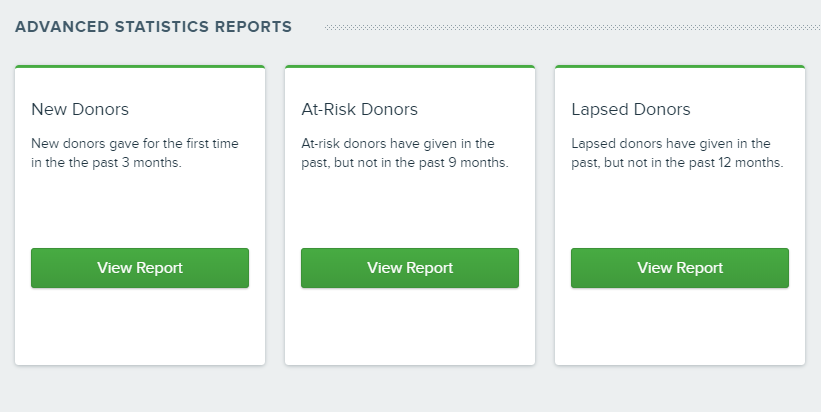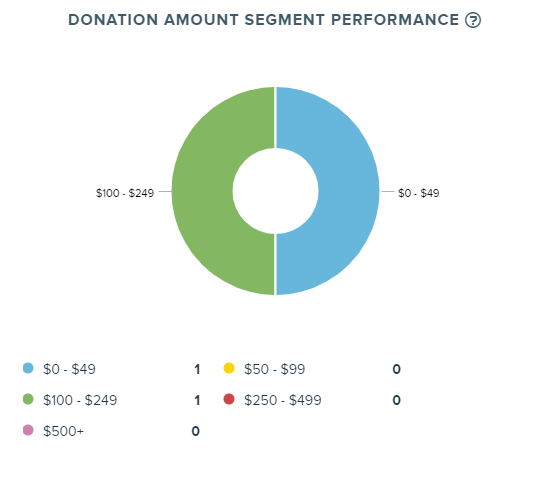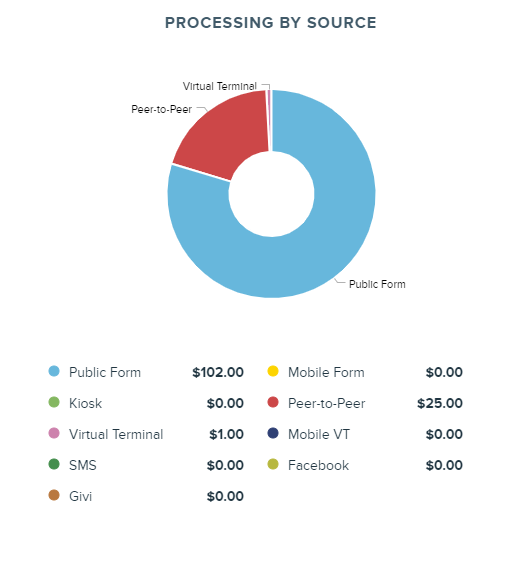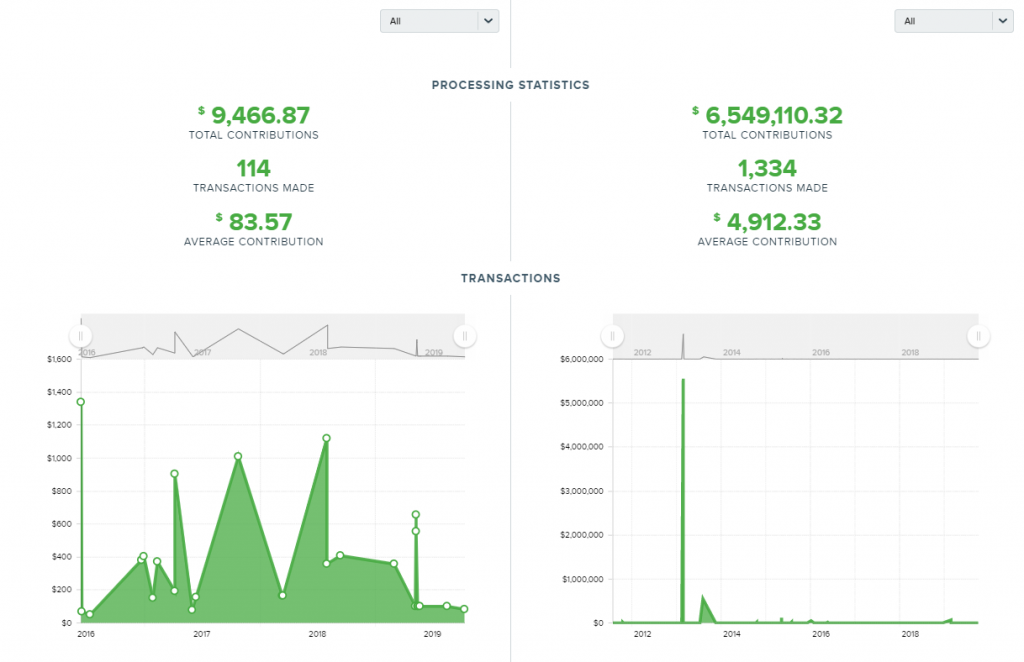You’ve set your next campaign’s fundraising goal, updated your donation form with fresh images and text, and are ready to roll. But before you start building your appeal, take some time to get data on your side! Using a data-driven approach will help you target your fundraising activities and make them as successful as possible.
Data Lets You Segment Your Appeals

Do you talk to different donors differently? Or do you send everyone the same appeal?
Segmenting your donor list and targeting different emails to different segments requires more extensive planning time than sending a blanket appeal. But that extra time pays off! Tailoring your appeals to be relevant to donors’ history with your organization will result in better donor relationships and better results.
Donors who have given loyally for years should get thank-you messaging that references their long history of support, but that messaging wouldn’t be appropriate for a one-time donor. A donor who gave $30 a month ago shouldn’t receive the same letter that you’d send a donor who makes a major gift on an annual basis.
But the only way you can tailor your appeals is by using your data to segment your donor list. Use your donor database or CRM to identify donors in different segments, build segmented email lists, and write emails that appeal to those segments.
Some segments you may want to identify before your next campaign include:
- Small donors, mid-level donors, and major donors
- One-time and recurring donors
- New, at-risk, and lapsed donors
- Donors who gave to specific campaigns or programs
Everyone’s donor segments will look different! The key takeaway here is that segmenting your donors and making your appeals relevant to their experiences will raise more money.
Data Helps Identify Your Donors’ Preferred Donation Amounts

So you’ve segmented your list and identified your different donor groups. But how much do your donors prefer to give? Do the majority of your supporters give $20-$30 per gift? Or do they tend to give $50-$75 gifts?
Knowing how each of your donation amount segments performs can help you make more effective appeals! If you know the vast majority of your donors prefer to give $20-$30, you won’t want to send an appeal asking for a $500 gift. Instead, ask them to consider donating $50. It’s an increase from their average gift, but it’s not too much of a stretch. On the other hand, you may want to ask for more than a $50 gift if the majority of donors already donate that amount or more.
We know that being specific in your year-end appeals is important (click here to read why that is!). Your ask(s) will be based on a ton of other factors like campaign, donor segment, and time of year. But having a solid grasp on how much your donors tend to give will help you set a reasonable goal.
Data Helps You Understand How Donors Prefer to Give

Once you know who your donors are and have solidified an ask amount, it’s time to identify how your donors prefer to give.
Use your donor database to pinpoint your donors’ communication and donation preferences. One of your donors may prefer donating online while another would rather send a check through the mail. Either way, your database should help you identify how different groups of donors prefer to give, which makes it easier for your staff to facilitate those gifts.
You can also use data to understand what your online donors want (or don’t want) on a donation form. Compare your existing donation forms to identify the most successful campaigns. Did your story-driven appeal out-perform an appeal mostly driven by statistics? Did your goal-based campaign with a progress thermometer out-earn one without a progress bar?
Once you’ve identified forms that had great conversion rates or exceptional donation amounts, you can start identifying elements that resonate well with your donors. Then, build those elements into future campaign pages! You can also try A/B testing donation forms. Build two forms for the same campaign, then send one to half of your list and the other to the other half. Testing your forms to see which performs best can give you insight into what stories, images, or calls to action are most appealing to donors. When A/B testing forms, try to keep the number of changes on each form to a minimum. A/B test forms with different images, altered text, or different calls to action, but just choose one! Too many different variables can make it hard for you to draw good conclusions.

Conclusion
You put tons of work into creating beautiful appeals that tug at donors’ heartstrings and inspire them to give. Use good data to make those appeals even more successful! With a little research, you can identify your different donor groups, send appeals that are relevant to their experiences and giving capacity, and make the perfect ask.
How Can You Use Qgiv’s Data?
Can Qgiv’s data features really help you be a better fundraiser? Yes! Contact us online and request a demo to see how our tools can help you identify different donation amount segments, track your donor retention, compare donation forms, and more.


